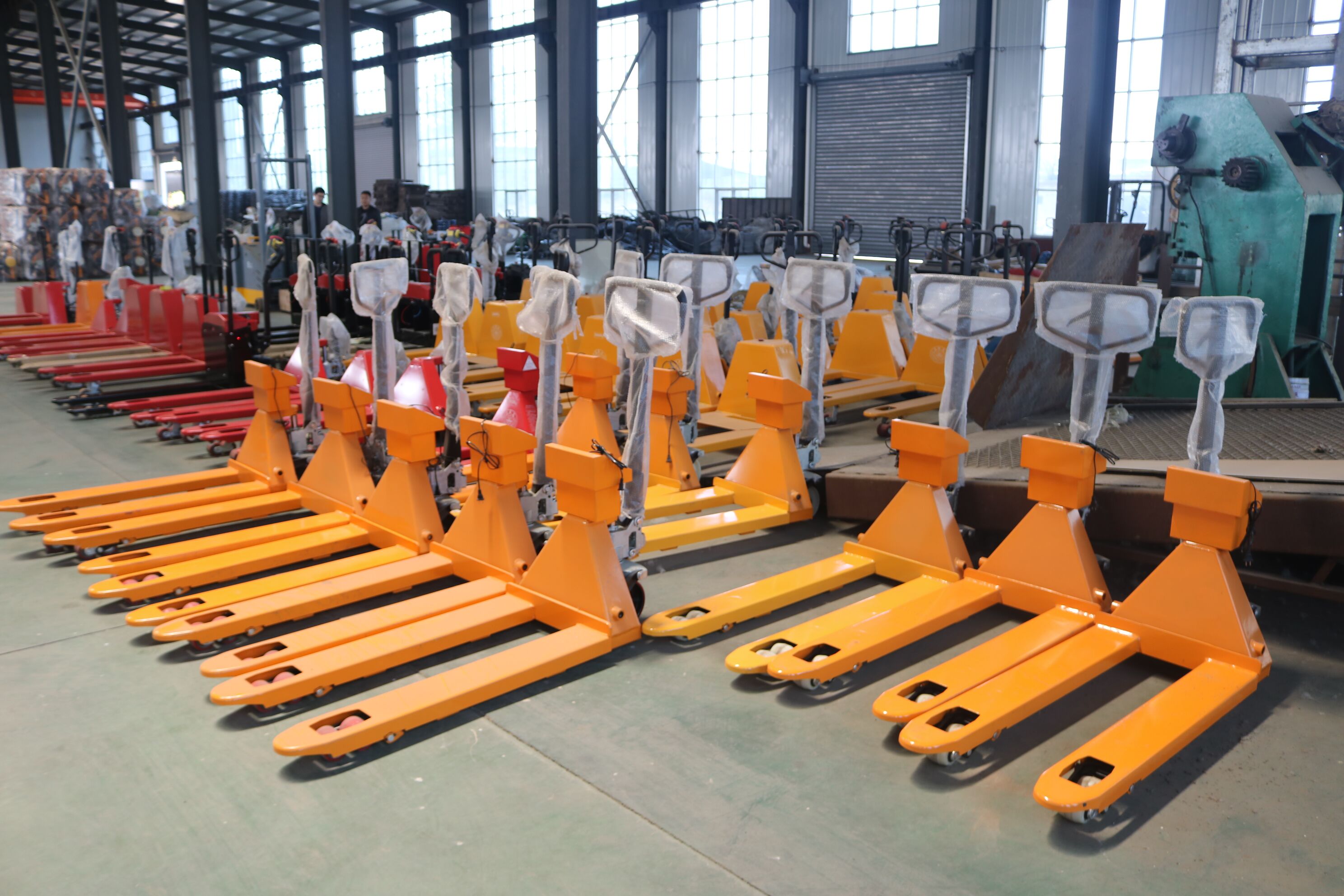News Details
The Advantages of Manual Forklifts

Manual forklifts play a crucial role in various industries and warehouses. Here are some of their significant advantages:
First and foremost, manual forklifts are highly maneuverable. They can easily navigate through narrow aisles and tight spaces, which is essential in facilities with limited room. This allows for efficient handling and movement of goods even in congested areas.
They are also relatively inexpensive compared to their powered counterparts. This makes them a cost-effective option for many small and medium-sized businesses that may have budget constraints.
Another advantage is their simplicity. There is no complex machinery or electronics to deal with, reducing the potential for breakdowns and maintenance issues. Their straightforward design makes them easy to operate and maintain.
Manual forklifts are quiet, which is beneficial in environments where noise reduction is important, such as in some office or retail settings adjacent to storage areas.
Moreover, they do not require any fuel or electricity to operate, which means there are no energy costs associated with them. This is an environmentally friendly feature.
In addition, they offer a level of control and precision that can be difficult to achieve with powered equipment. Operators can precisely position and handle goods with greater finesse.
Furthermore, they can be easily transported and used in different locations as needed, providing flexibility in operations.
In conclusion, manual forklifts have several distinct advantages that make them a valuable asset in many industrial and warehousing settings, offering maneuverability, affordability, simplicity, and more.

